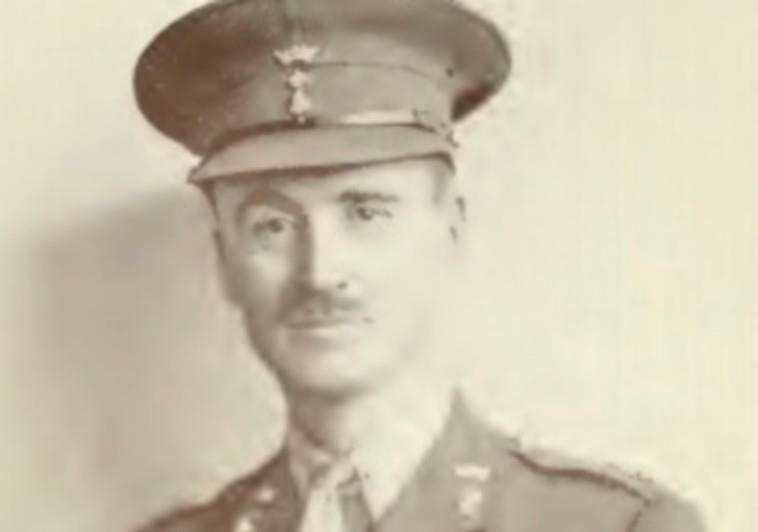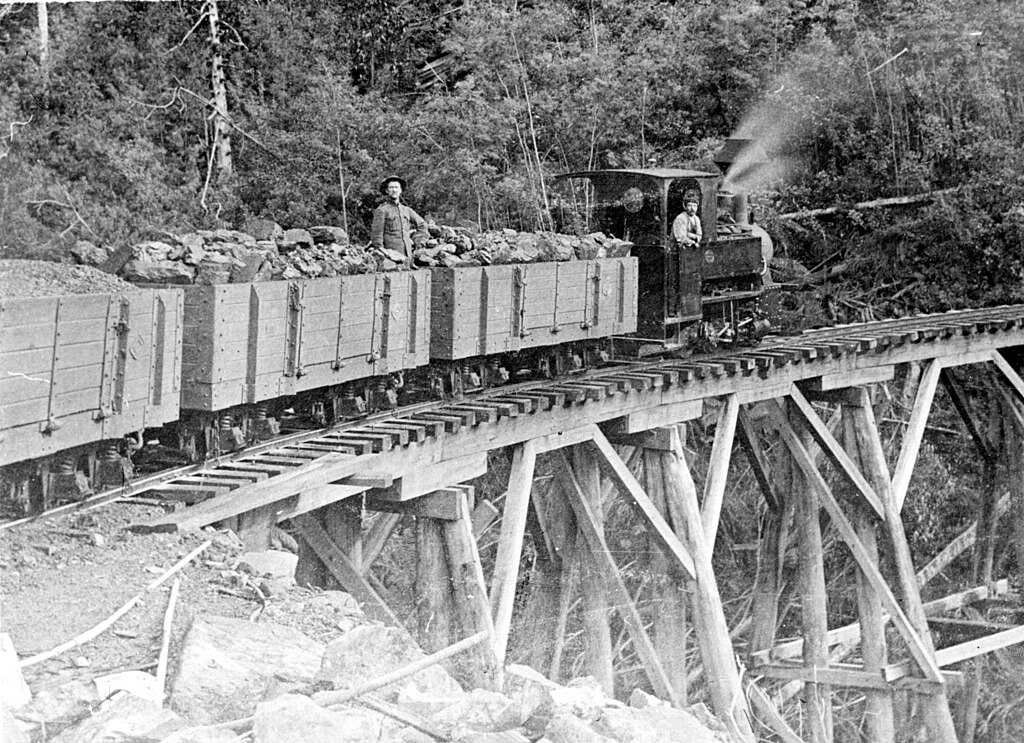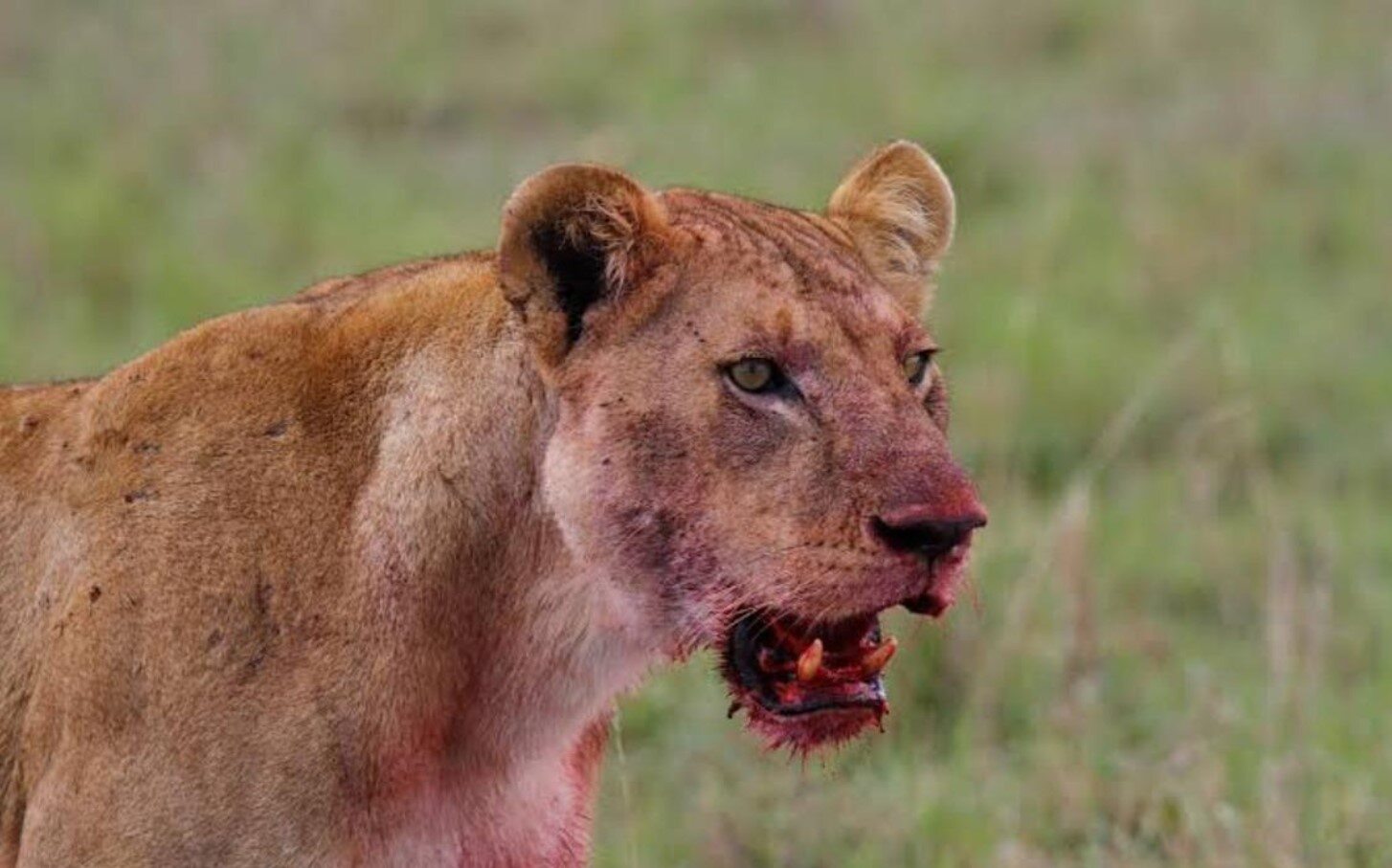How Two Lions Attacked and Injured More Than One Hundred Workers
It was the end of the 19th century, 1898 specifically, and the location was colonial Kenya. The British government had just established what they called the East African Protectorate.
However, in an effort to open up the African region to white settlers, necessary infrastructure had to be put in place. During the construction of a railway bridge over the Tsavo River, two lions unleashed mayhem. The lions killed one construction worker after another until the humans could take it no more.
A 9-Month Rampage
It is a known fact that lions are predators, but this seemed to have been their deadliest onslaught ever on a human population.

Source: Twitter
A project as important as the hinterland railway line usually had a British Officer in charge. So, the British Crown let Lt. Col. John Patterson have oversight of the Kenyan and Indian workers. When the lions started ravaging workers’ camps, they came to Patterson for help.
State of Existential Emergency
Seeing that things had gotten out of hand, Patterson decided to swing into action. He couldn’t risk the likely aftermath of giving each railway worker a firearm. Besides, weapons were limited and strictly rationed.

Source: Lori Glaholm Heron/ Pexels
As far as the workers were concerned, the lions were demons that made it a point to oppress the region. They even went as far as giving the two lions names: ‘the Darkness’ and ‘the Ghost.’
Tsavo's History and Patterson's Theory
While the locals and workers held on firmly to their belief that the lion attacks were the works of a demonic spirit, Patterson thought otherwise.

Source: Wikimedia Commons
He was made to understand that Tsavo had been used for quite some time as a dumpsite for corpses. So, he rationalized that the strange fetish of the two lions for human flesh was due to them having had unfettered access to such before the workers arrived.
An Army Officer Turned Hunter
Patterson arrived in Kenya in March 1898, and it was shortly after his arrival that he started receiving reports of workers getting snatched from their tents.

Source: Pxfuel
Initially, no one could tell how workers were going missing. After one such report of a missing worker whom colleagues had seen the night before, Patterson decided to personally investigate the situation. He followed a trail of paw marks and what looked like markings of a human’s heels being dragged.
A Gruesome Discovery
At the end of the trail, Patterson found a fearful spectacle. It was the dismembered head of the worker that had gone missing earlier that night.

Source: Pixabay
The sight of all that blood and human flesh kept Patterson from sleeping that night. So, he put his sleeplessness to use by mounting a watch over his camp. However, while awake, perched atop a tree, he heard the roar of a lion piercing through the night and the shouts of people from another camp that was some distance away.
Stay-Safe Measures
When Patterson became sure that the culprits for missing workers were lions, he started initiatives to keep them out of their camps.

Source: Wikimedia Commons
For example, they built thorny fences around each camp, using acacia trees, and maintained a large bonfire in each camp every night. The camps were far apart and covered a large area, so Patterson was unable to initiate a nightly patrol. However, despite all these efforts, the attacks continued.
Patterson's First Encounter with the Lions
Soon, the Tsavo bridge could be used to cross the river, though still under construction. So, many of the workers had to move as they continued laying the railway line. However, Patterson and some other workers remained in a large camp close to the Tsavo bridge.

Source: Wikimedia Commons
The lions zeroed in on the camp, with Patterson himself almost losing his life after being stalked one night.
One Cat Down
Patterson then built a trap large enough to hold a human bait. Once, they got one of the lions cornered, but it eventually escaped, and the men panicked.

Source: Wikimedia Commons
On Dec. 9, 1898, Patterson killed one of the two lions. He used a piece of donkey carcass as bait, and a well-placed shot from the top of a tree platform did the beast in. The second lion laid low for the next two weeks.
Patterson, the Lion Slayer
It was on Dec. 27 that Patterson and his men cornered the second lion. It fought back ferociously, and unlike its other counterpart, took nine rifle shots before it eventually died.

Source: Wikimedia Commons
Patterson initially had the heads of the Tsavo mounted on his wall, and the skins were used as rugs. However, in 1928, the Chicago Field Museum bought the remains. They’ve been stuffed and are presently on display.
